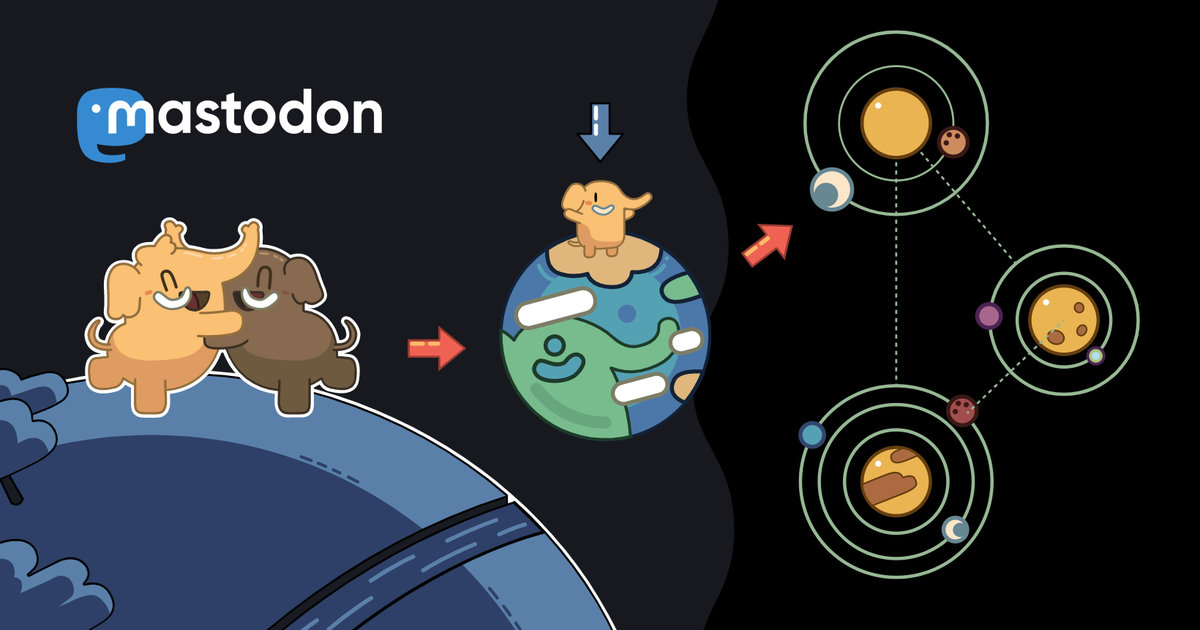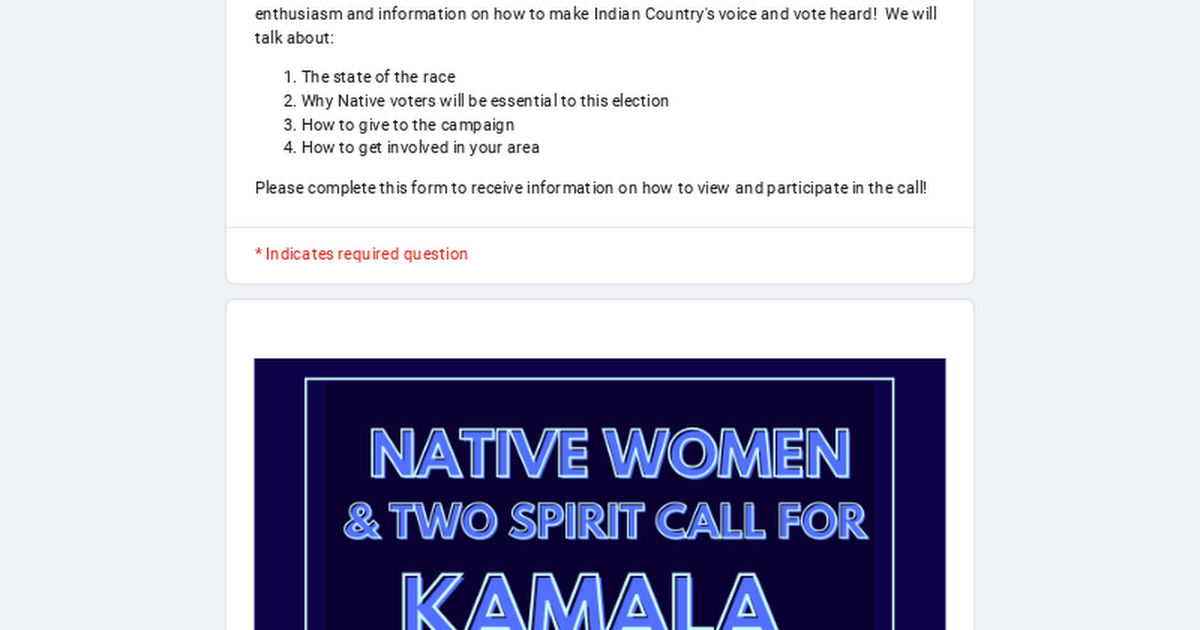Molly Spotted Elk was a Penobscot actress, dancer, and writer who may have also learned the art of basket weaving from her mother, Philomene Saulis Nelson (l. 1888-1977). Her great-niece is the activist, artist, basket maker, and geologist Theresa Secord (b. 1958).
Molly Spotted Elk was her stage name (first given her by the Cheyenne after she was adopted by them). Her given name at birth was Mary Alice Nelson. She began performing traditional Penobscot dances in vaudeville shows at a young age, became an accomplished poet and fiction writer, and lived in Paris, where she continued to perform on stage, between 1931 and 1934, before moving back to the United States and taking up residence in New York.
She was constantly challenged by the entertainment industry, which insisted on typecasting her and forcing her to perform in revealing costumes, but she remained true to the traditions of her people in the accuracy of her dance and attire as much as she could. She returned to Paris in 1938 to be with her husband, the French journalist Jean Archambaud but fled when the Nazis invaded in 1940, crossing the Pyrenees Mountains with her daughter into Spain and then returning to the United States. She died of natural causes at the Penobscot Indian Island Reservation in Maine in February 1977.
#nativehistory #art #arthistory #painting #womenfromhistory #womenshistory #nativewomen #history

